Museum of the Assassination of Franz Ferdinand
The place where World War I began.
On the 28th of June, 1914, Sarajevo found itself in the epicenter of world politics. Gavrilo Princip, an 18-year-old student, assassinated Archduke Franz Ferdinand, the heir apparent to the Austro-Hungarian Empire.
This act triggered a chain of events of global magnitude. Europe’s empires had been on a collision course for decades, and now a clash was inevitable. A month later the world was at war.
On that fateful day in June, Princip did not act alone. He was part of a group composed of young men of all three Bosnian nationalities. No less than five assassins awaited the archduke that morning in Sarajevo. The first three failed in their attempts. Princip succeeded only by chance.
The first two assassins watched as the motorcade of the archduke rolled by, and with bombs and pistols in hand, they failed to act. Finally, a third assassin threw his bomb, but the bomb bounced off the car’s roof and into the street, where it exploded and wounded the crowd. That assassin attempted to swallow a cyanide pill and jump into the river, but he promptly vomited up the pill and as the river was only 4 inches deep he was easily apprehended very much alive.
Princip, who was a relatively minor player in the plot, on hearing that the assassination had failed, went to get a sandwich. It was only when he happened to see the motorcade driving by him, that he hastily pulled out his pistol and shot both the Archduke and the Duchess Sophie dead. Franz Ferdinand’s last words were, “Sophie, Sophie! Don’t die! Live for our children!” followed by him repeatedly saying, “It is nothing. It is nothing. It is nothing.” They both died seated upright in the car before they could receive medical attention.
Gavrilo Princip died in an Austrian prison awaiting the conclusion of his trial.
To most of the world, Gavrilo Princip was a crazy youth deluded by nationalism; fueled by a naive anarchism he became a terrorist. However, in the Kingdom of Yugoslavia and later in the Socialist Republic he was seen as a hero.
The building on the street corner overlooking Latin Bridge, next to which Princip was standing when he fired the fatal shots, was turned into a museum dedicated to him. The exact spot he was standing was marked by embossed footprints and a memorial plaque was placed on the corner of the street.
In 1941 during WWII, the memorial plaque was removed for the first time by the occupying Nazi army.
During the war of the 1990s, the public and official opinion of the assassination of Franz Ferdinand changed. To the Bosnian Muslim population, the events began to be seen as a Serbian plot imposed upon the citizens of Sarajevo. Princip was perceived as a terrorist by them so the museum was shut down, footprints removed, and memorial plaque smashed.
In the years following the Bosnian War, the local perception of history flipped one more time. The museum has been reinstated, this time as a museum of the Austro-Hungarian rule in Sarajevo, and a new memorial plaque was placed on the street corner.


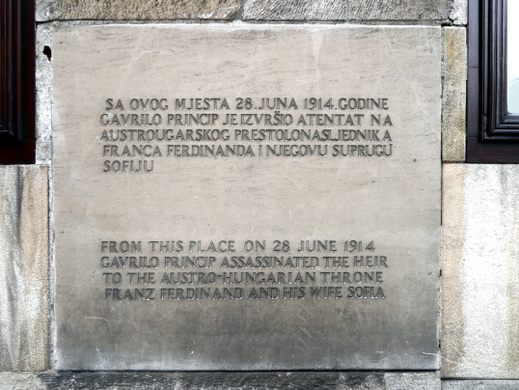


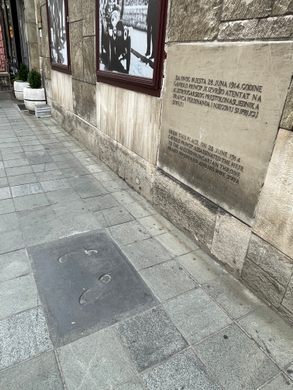




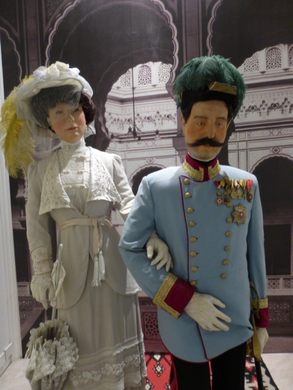






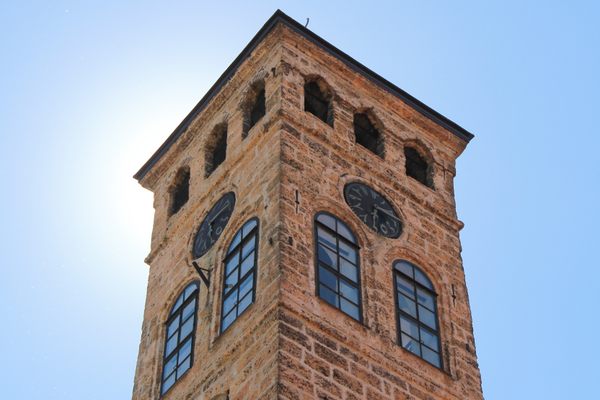
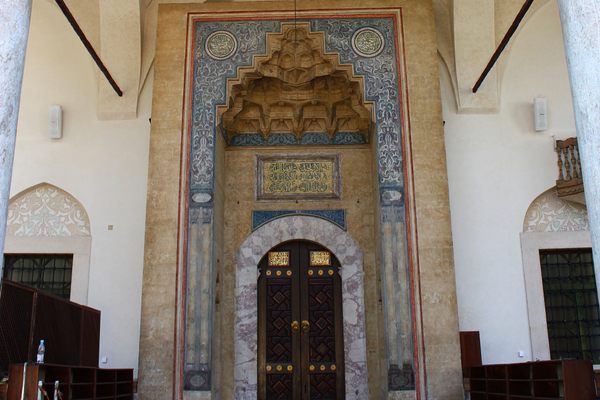
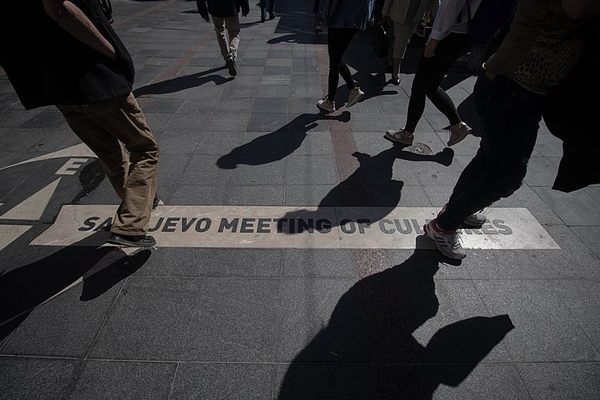

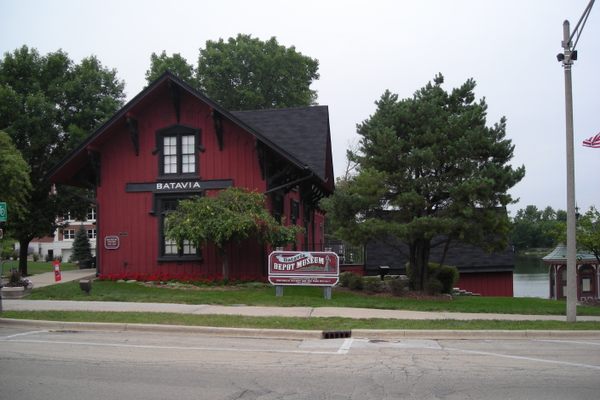




Follow us on Twitter to get the latest on the world's hidden wonders.
Like us on Facebook to get the latest on the world's hidden wonders.
Follow us on Twitter Like us on Facebook